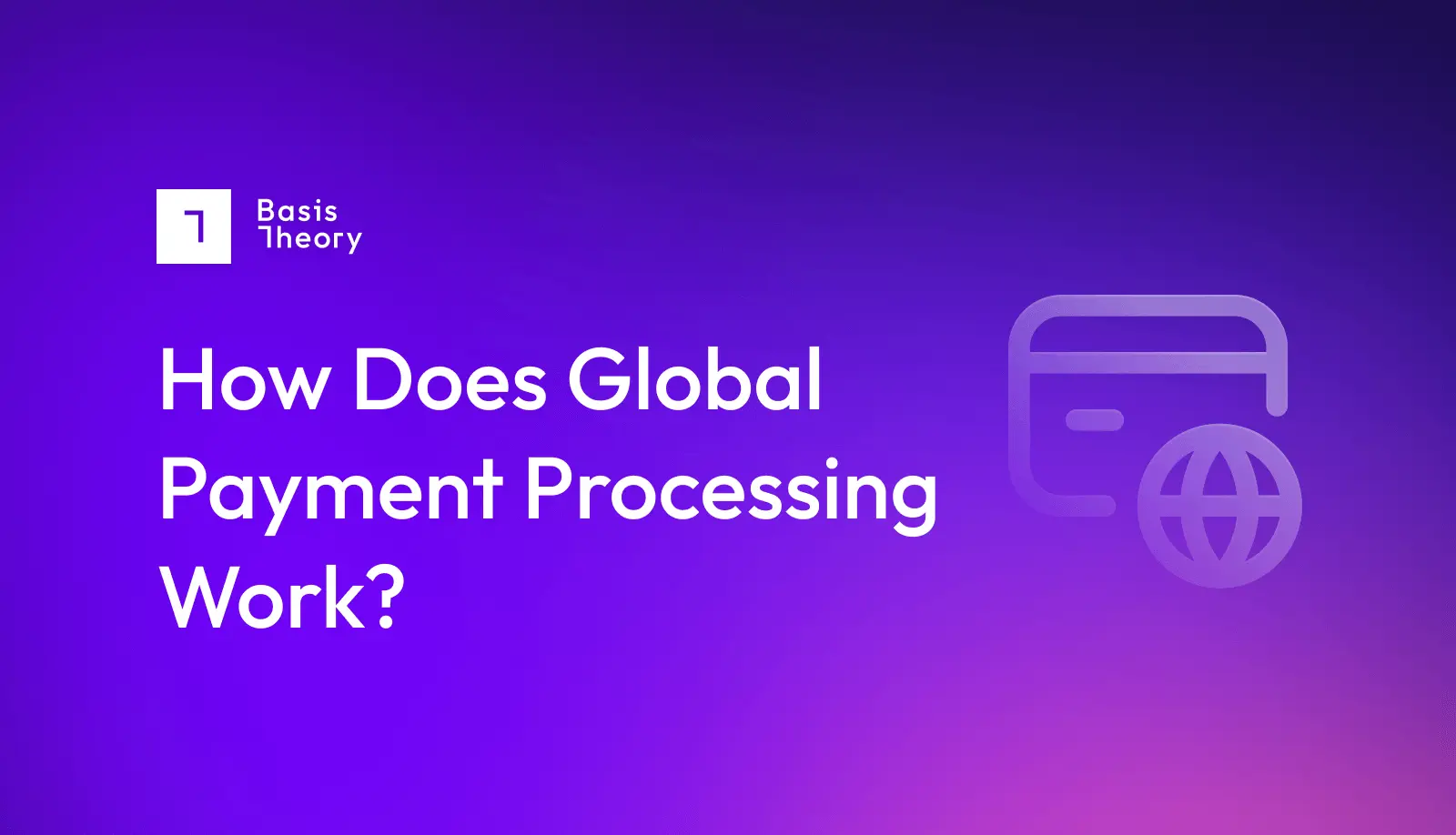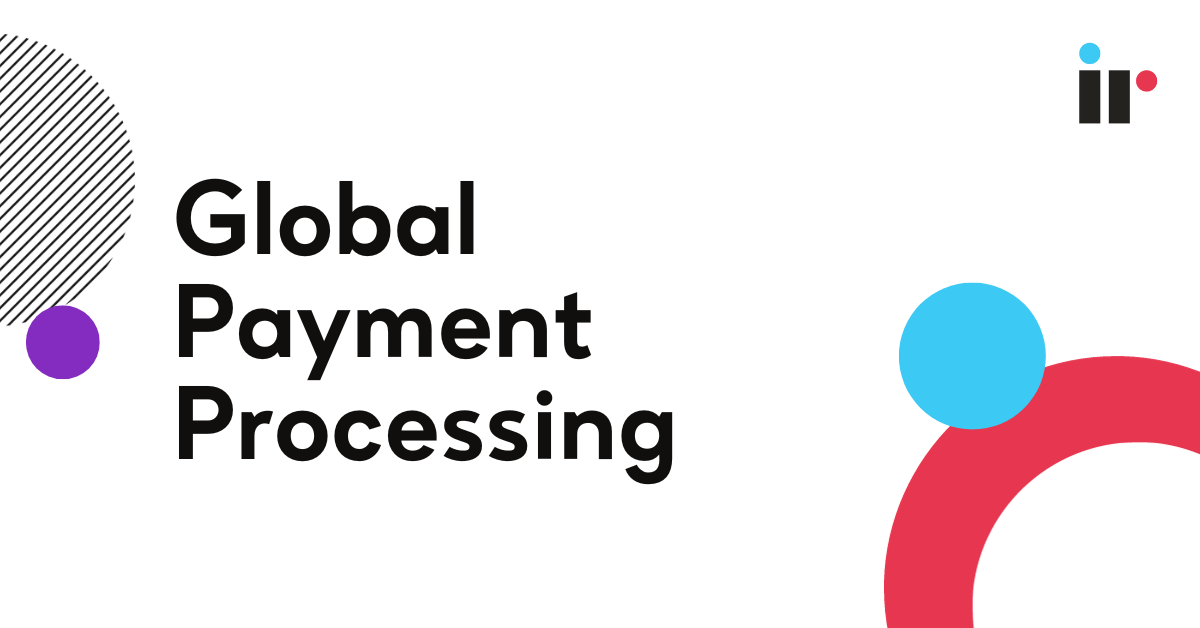With a more globalized world, international payment systems have emerged as the pillar of contemporary business. Companies and individuals depend on cross-border payment means to make transactions easily across borders. Cross-border payments have created the need for effective Global Payments gateways and global payment solutions that facilitate smooth financial transactions between various economies. As a result of the accelerated development of financial technology, international money transfer services are now easier to access, safer, and cheaper, enabling businesses and consumers to participate in global remittance services hassle-free.

The Evolution of International Money Transfer Services
As the world becomes more globalized, global remittance processing has become a significant aspect of financial security for most nations.No matter sending money back to their home country for expatriates or conducting cross-border payments for companies, multi-currency payment processing has never been so crucial. More international e-commerce transactions only serve to highlight the necessity of having strong global payment processors and cross-border payment gateways to facilitate un-interrupted financial transactions. The payment systems of today are in place to manage enormous numbers of transactions securely and with regulatory acceptability. Blockchain and decentralized finance technologies are revolutionizing cross-border money remittance services and making them more transparent and affordable. Digital wallets and mobile payments are also emerging as increasingly necessary devices in cross-border payment ecology, further making them accessible and efficient.
The Role of Global Payment Networks in Financial Inclusion
Access to financial services is a prerequisite for global economic participation. The engagement of cross-border payment solutions by firms and individuals hinges on global transaction fees and the efficiency of global payment providers. Enhancing the security of cross-border payments and reducing transaction fees are efforts pursued by financial institutions with the development of global payment processing companies. One of the major challenges to global payments coverage is providing full access to all regions, particularly developing economies. Most unbanked communities turn to alternative payment solutions like mobile money services, cryptocurrency, and fintech products that connect with global payment gateways. International payment gateway suppliers are working closely with governments and regulatory agencies in all parts of the world to develop policies favoring inclusiveness while ensuring the security standards remain intact.
Navigating Cross-Border Payment Trends and Regulations
Cross-Border Payment

providers with global payment integration infrastructures. Cross-border payment challenges and new global payment innovations are important to remain updated on, or else it would be hard to compete with the industry. Compliance with international payment standards varies from country to country, making it imperative for businesses to work with established global payment processing companies that understand regulatory differences. Cross-border transactions often involve multiple intermediaries, increasing transaction costs and time. However, initiatives such as ISO 20022, the SWIFT gpi, and open banking regulations are helping streamline global payment infrastructure, improving efficiency and reducing costs.
Standardizing Global Payment Standards and Enhancing Global Payment Infrastructure
The use of universal global payment technology is assisting in the establishment of a more secure, efficient global payments industry. The ability to keep up with global payment patterns allows businesses to utilize global payment analytics in order to maximize financial strategy. Cross-border payment fee knowledge, combined with proper global payment strategies, assist businesses in maximizing their financial processes. Security is always at the forefront in international payments coverage. The growth in cyber threats and fraud concerns calls for creating robust international payment security measures. Most financial institutions use artificial intelligence (AI) and machine learning algorithms to monitor and block fraudulent transactions, making transactions safer through international payment networks.
Improving International Payment Solutions with Technology
The movement toward global payment automation has accelerated the processing of cross-border payments and made the process more efficient. Global payment optimization methods are advantageous for businesses as they enable convenient and economical transactions. The advent of international payment networks and skilled global payment consultation services has further facilitated international trade. Blockchain technology contributes immensely to the design of global payment systems by providing decentralized and tamper-proof records of transactions. Cryptocurrencies like Bitcoin, Ethereum, and stablecoins are increasingly used for cross-border payments as a substitute for traditional banking channels. Digital ledger technology (DLT) improves transparency, speed, and cost-effectiveness in global payment networks and lessens reliance on intermediaries.
Increasing Cross-Border Payment Providers and Services
The need for inclusive global payment services is increasing. Companies and individuals want international payment coverage that provides extensive accessibility. The growth of global payment accessibility and cross-border payment accessibility bridges financial gaps, creating a more inclusive economy. Large financial institutions and fintech organizations are collaborating to increase global payment reach via collaboration and creative financial products. Instant payment platforms, like FedNow in the US and the SEPA Instant in the European Union, are changing the way that businesses process international money transfer services, rendering transactions nearly instant.
The Future of Global Payment Reach and International Payment Reach
With the growth of technology, businesses seek greater global payment expansion and cross-border payment expansion. Scalability is still a top priority, with businesses investing in global payment scalability and international payment scalability. Global payment interoperability integration ensures smooth transactions, promoting a borderless financial ecosystem.

The future of cross-border payment systems is in persistent innovation and adaption to arising trends. Big data, machine learning, and artificial intelligence will keep on honing Global Payments Coverage analytics, producing insights that support improved financial choice. Moreover, biometric confirmation, including facial and fingerprint, is increasingly adopted in international payments security, providing more secure authentication processes for end-users. The growth of central bank digital currencies (CBDCs) is another phenomenon transforming global payment networks. China, the United States, and European Union members are all actively considering digital currencies to facilitate cross-border payments and minimize dependence on conventional banking infrastructures.
Conclusion
In an increasingly dynamic digital economy, Global Payments Coverage is crucial for businesses and individuals operating in international financial environments. With. innovative use of technology, compliance with regulations, and financial strategy optimization, companies are able to maximize their scope and effectiveness in the global payments sector. The prospects for cross-border payments are bright, with ongoing innovations leading towards a more interconnected globe. Firms that foreseeingly embrace cross-border payment innovation and stay aligned with global payments standards will lead the financial industry into the new era of easy, secure, and scalable payments.
FAQs
What are Global Payments Coverage systems?
Global payment systems refer to the arrangements, networks, and technology upon which financial transfer is facilitated over borders.
How are cross-border payments made?
Cross-border payments relate to moving funds between countries, and often they involve the changing of currencies, as well as compliance with regulation internationally.
What are the international Global Payments Coverage security challenges?
These include prevention of fraud, compliance with regulation, cyber assaults, and being transparent with transactions.
What are the advantages of multi-currency payment processing?
It enables businesses to accept payments in different currencies, reducing exchange fees and improving customer experience.
What is the role of blockchain in cross-border payments?
Blockchain enhances security, transparency, and speed by providing decentralized and immutable records of transactions.
How do businesses simplify Global Payments Coverage plans?
Businesses simplify global payment plans using fintech solutions, reducing transaction costs, and adherence to cross-border payment regulations.
What are the key challenges in global payment processing?
Key challenges include high transaction fees, currency exchange fluctuations, regulatory differences, compliance with anti-money laundering (AML) laws, and security risks.
How do digital wallets improve cross-border payments?
Digital wallets offer a fast, secure, and cost-effective way to send and receive Global Payments Coverage by eliminating intermediaries and supporting multiple currencies.
What are the benefits of using AI and machine learning in international payments?
AI and machine learning help detect fraudulent transactions, automate compliance checks, enhance payment processing speed, and improve overall security in global transactions.
What role do central bank digital currencies (CBDCs) play in Global Payments Coverage?
CBDCs can enhance cross-border transactions by reducing reliance on traditional banking Global Payments Coverage, lowering transaction costs, and improving the efficiency of international money transfers.
